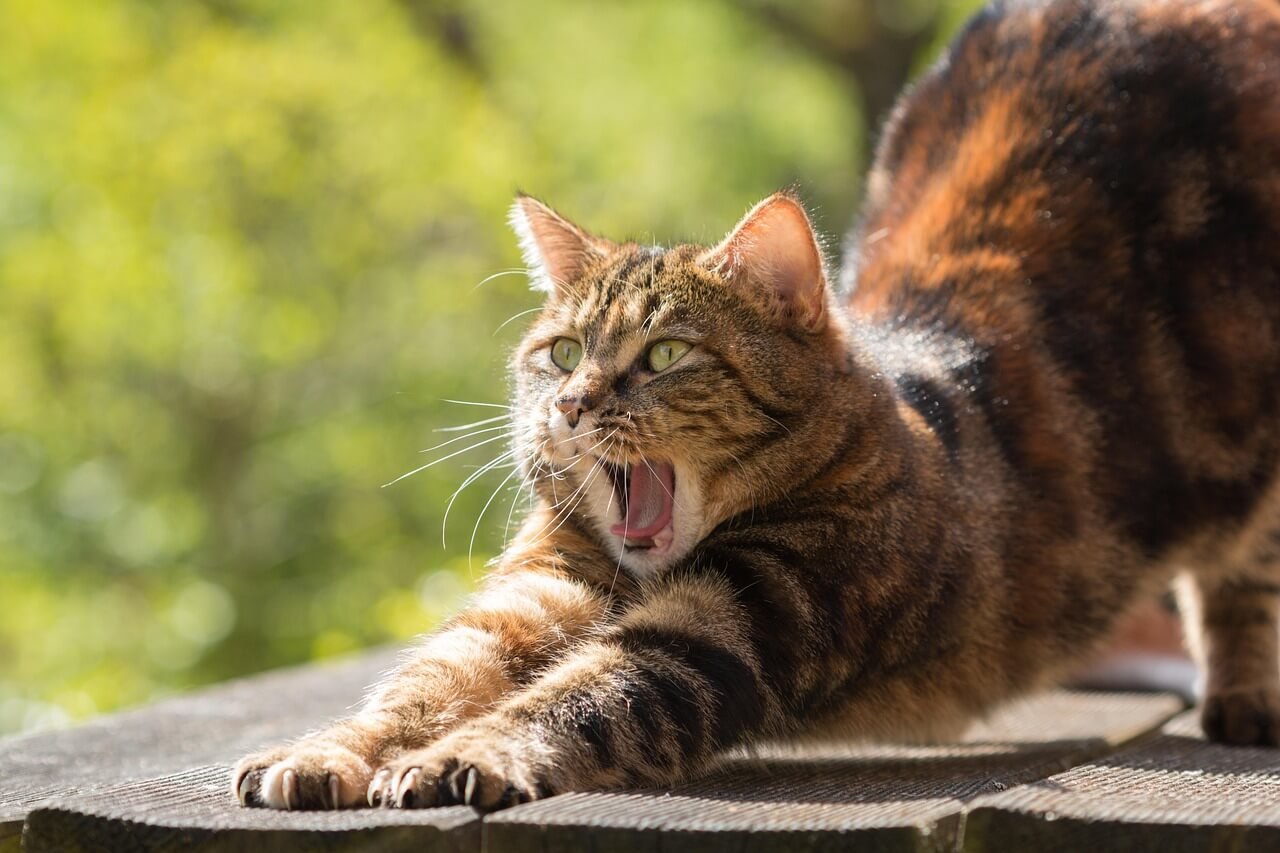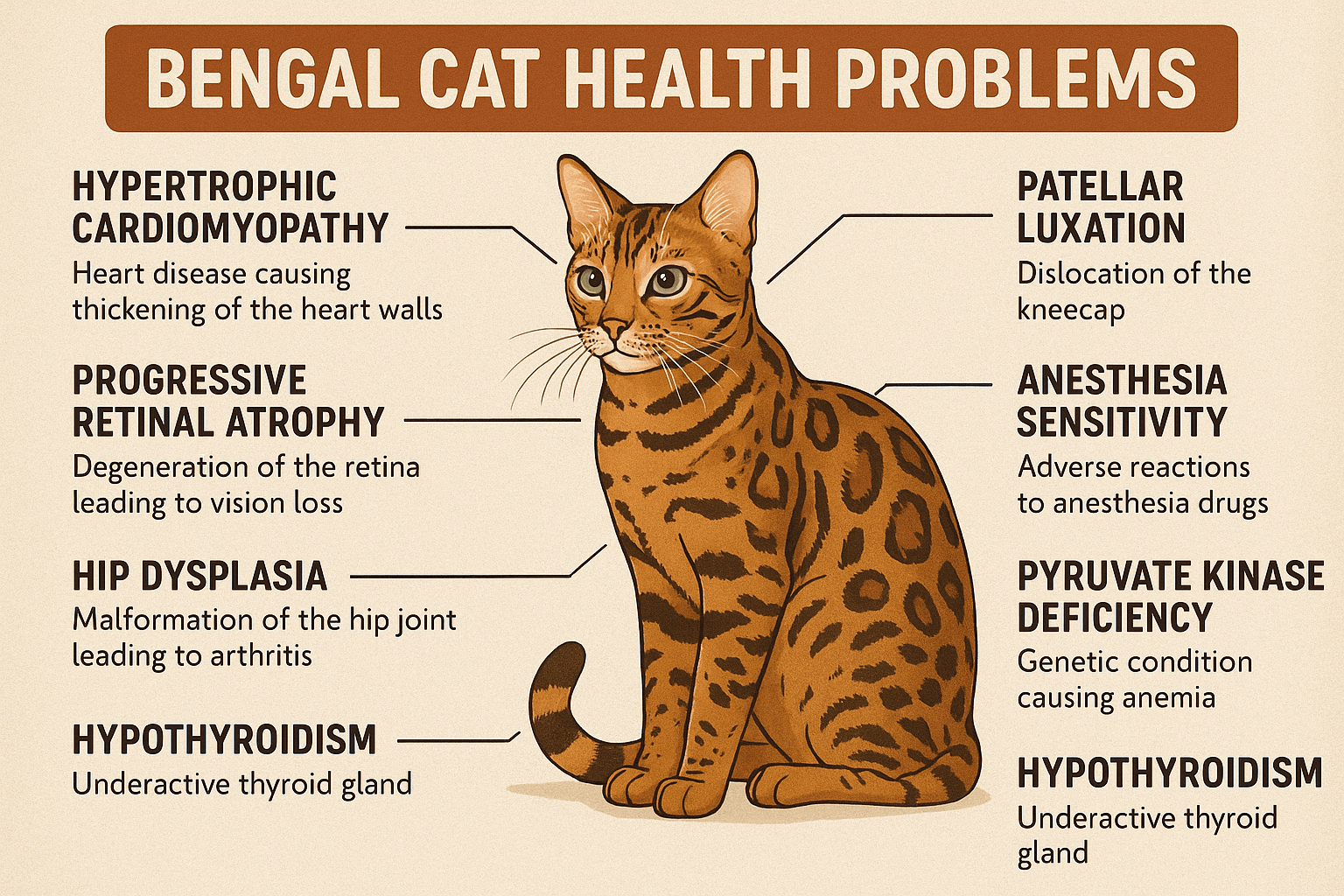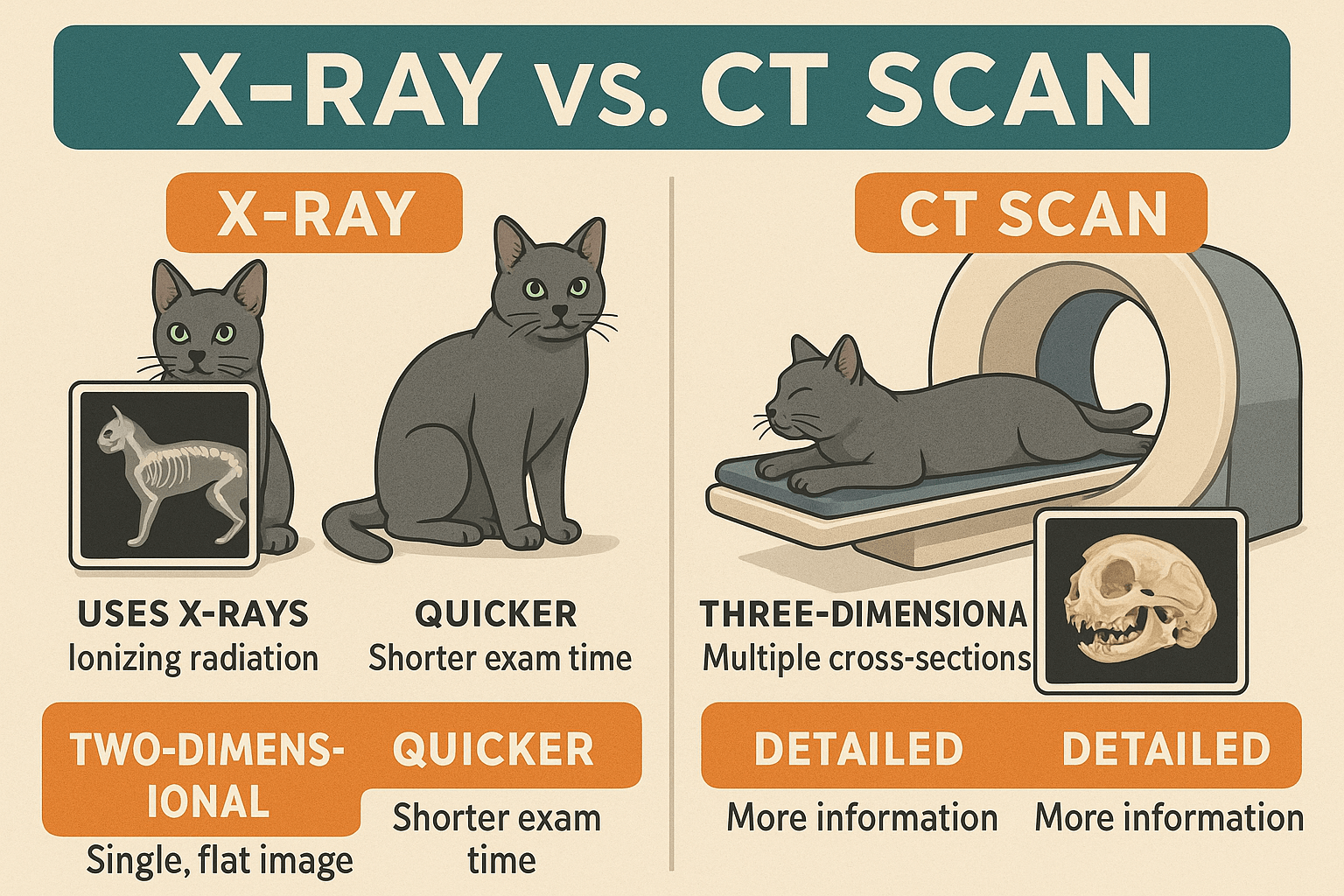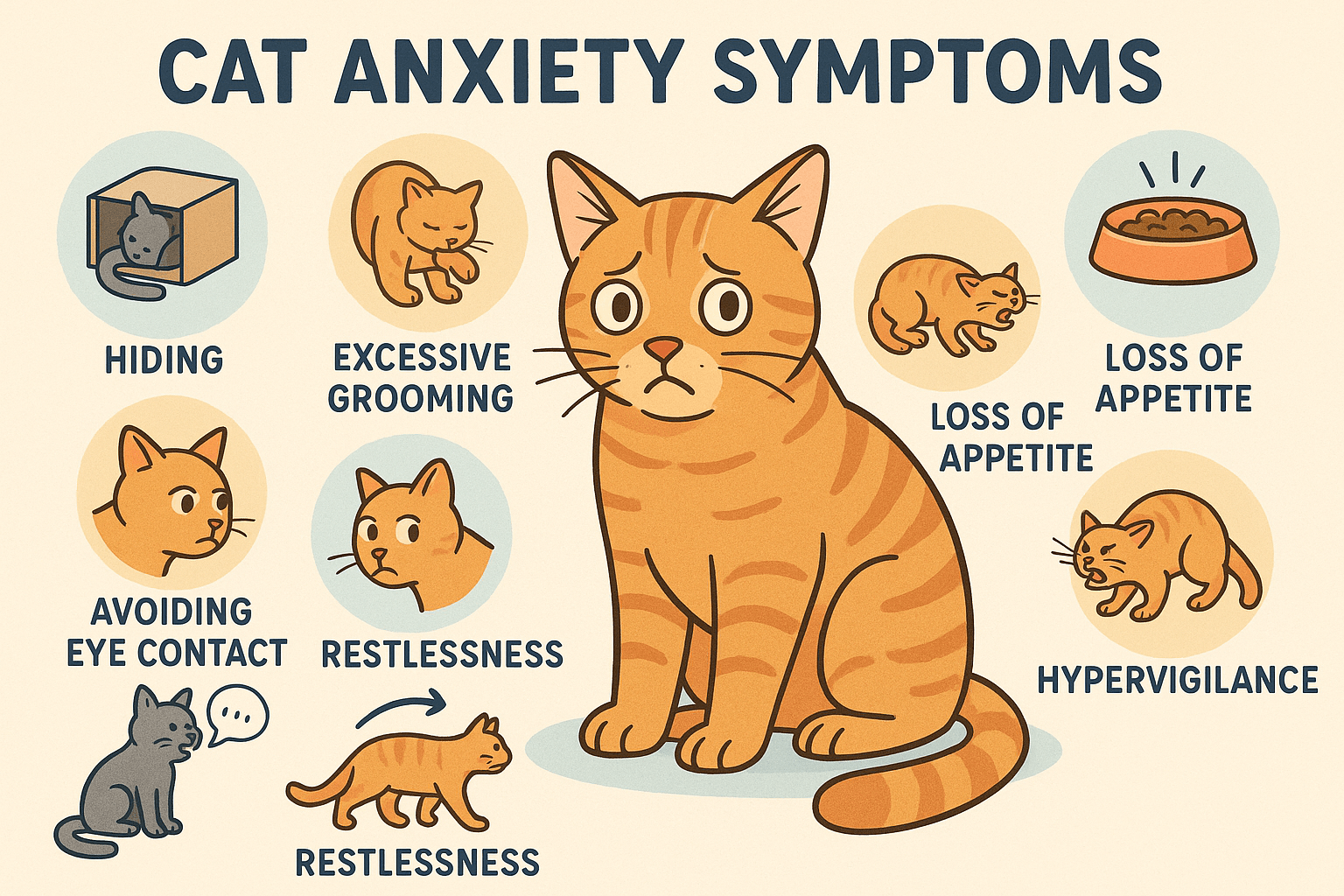Why Does My Cat Hump While Kneading? Decoding This Quirky Behavior
Cats are fascinating creatures, full of quirks and behaviors that often leave us scratching our heads in confusion—or amusement. One such behavior is when your feline friend starts humping while kneading. Whether it’s their favorite blanket, a plush toy, or even your arm, this peculiar combination of actions can make you wonder what’s going on in their furry little minds. Is it normal? Is it playful? Or could it be something more?
In this blog post, we’ll dive into the reasons behind this behavior, explore its possible meanings, and provide tips on how to address it if necessary. By the end, you’ll have a clearer understanding of why your cat does this—and whether you need to do anything about it.
Understanding Kneading and Humping: What’s Normal for Cats?
Before we delve deeper into why cats might hump while kneading, let’s break down these two behaviors individually. Both are common among cats but serve different purposes depending on context.
Kneading :
This rhythmic motion involves alternating paw movements, similar to kneading dough. Kittens knead their mother’s belly during nursing to stimulate milk flow.Humping :
While humping is often associated with mating behaviors in animals, cats may also engage in it for non-sexual reasons like playfulness or stress relief.Comfort Behavior :
Both actions can stem from feelings of comfort or nostalgia, especially if your cat associates them with kittenhood memories.Territorial Marking :
Humping sometimes serves as a way for cats to assert dominance or mark territory, particularly with objects they consider “theirs.”Playful Energy :
Younger cats, in particular, may combine kneading and humping as an outlet for excess energy or curiosity.
Though these behaviors might seem strange to us humans, they’re usually harmless expressions of your cat’s instincts or emotions. Understanding the underlying motivations will help you determine whether intervention is needed.
Common Reasons Why Cats Combine Kneading and Humping
When your cat combines these two behaviors, there’s likely a specific trigger at play. Here’s a list of potential explanations to consider:
Nursing Instincts :
Adult cats may revert to behaviors learned as kittens, such as kneading, which can occasionally include rhythmic pelvic thrusts reminiscent of nursing.Sexual Maturity :
Unspayed or unneutered cats may exhibit mounting behaviors due to hormonal influences, even if no other cat is present.Stress Relief :
Some cats use repetitive motions like kneading and humping to self-soothe during times of anxiety or uncertainty.Attention Seeking :
If your cat enjoys the reaction they get from performing these actions—whether laughter, scolding, or cuddles—they might continue doing so to engage with you.Exploration Phase :
Kittens and young adult cats often experiment with physical interactions as part of learning about their environment and bodies.
By observing when and where these behaviors occur, you can better identify the root cause. Remember, patience and empathy go a long way in addressing your cat’s unique personality traits.
Check this guide 👉 Why Is My Cat Meowing So Loudly? Best 7 Expert Behavior Tips
Check this guide 👉 Why Do Cats Love Sleeping Above Our Heads? Best 7 Tips!
Check this guide 👉 Why Is My Cat Growling? best 7 Behavior Tips!
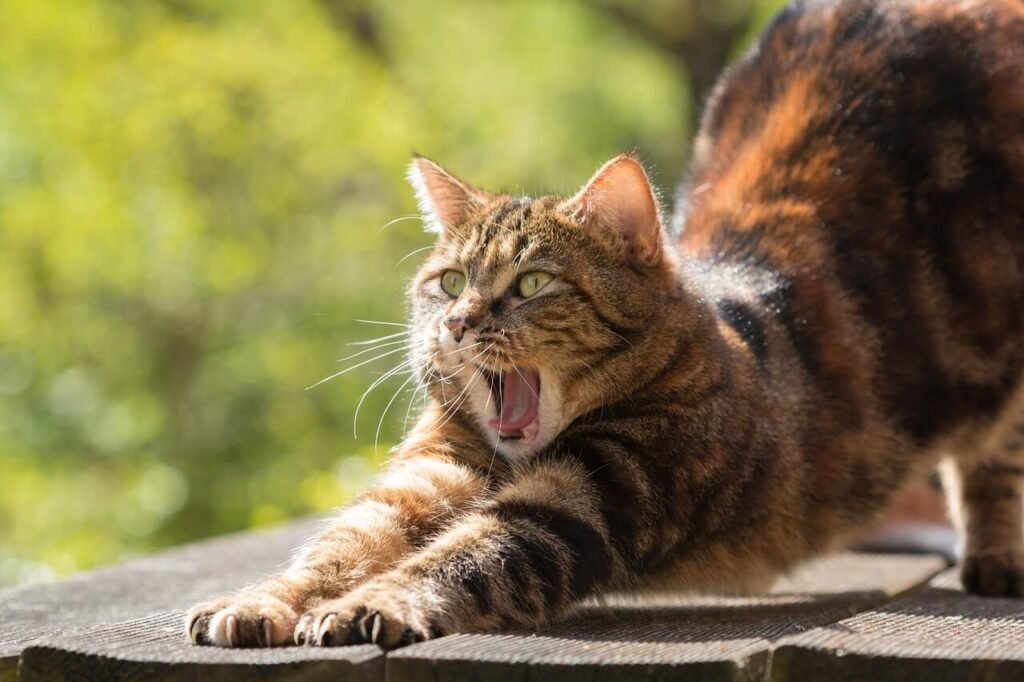
Behavior | Possible Meaning |
|---|---|
Kneading | Comfort-seeking or nostalgia for kittenhood |
Humping Objects | Territorial marking or playful exploration |
Combining Both Actions | Stress relief or expressing affection |
Increased Frequency | Potential hormonal influence |
Directed Toward Humans | Seeking attention or bonding |
How to Respond When Your Cat Humps While Kneading
If your cat’s behavior isn’t causing harm or distress, it’s generally best to let them be. However, if you’d like to redirect or manage this habit, here are some practical strategies:
Ignore the Behavior :
Giving too much attention—even negative attention—can reinforce the action. Try not to react visibly unless absolutely necessary.Provide Alternatives :
Offer soft blankets, toys, or scratching posts as substitutes for inappropriate targets like furniture or limbs.Engage Through Play :
Redirect pent-up energy by playing with interactive toys like feather wands or laser pointers.Routine Spaying/Neutering :
For sexually motivated behaviors, spaying or neutering can significantly reduce unwanted mounting tendencies.Consult a Vet :
If the behavior suddenly escalates or seems compulsive, consult a veterinarian to rule out medical issues.
With consistent effort and positive reinforcement, you can guide your cat toward healthier outlets without stifling their natural instincts.
Preventing Unwanted Kneading and Humping Behaviors
Prevention is key when dealing with any behavioral quirk. Below are proactive steps you can take to minimize the likelihood of these habits becoming problematic:
Early Training :
Teach kittens boundaries early on through gentle corrections and redirection techniques.Environmental Enrichment :
Ensure your home has plenty of stimulating activities, such as climbing trees or puzzle feeders, to keep your cat mentally engaged.Consistent Routine :
Maintaining a predictable schedule for feeding, playtime, and rest reduces stress-related behaviors.Positive Reinforcement :
Reward good behavior with treats, praise, or affection to encourage desirable actions instead.Monitor Changes :
Keep an eye on shifts in frequency or intensity, as sudden changes could indicate underlying health concerns.
By fostering a supportive environment, you empower your cat to express themselves in ways that align with household harmony.
Understanding the Emotional Roots of Kneading and Humping
Cats are emotional beings, and their behaviors often reflect how they’re feeling at any given moment. When a cat combines kneading with humping, it’s usually tied to their emotional state. Below are some insights into the feelings that might drive this behavior:
Comfort and Security :
Kneading is often linked to feelings of safety, reminiscent of kittenhood experiences. Adding humping can amplify this sense of comfort.Excitement or Overstimulation :
Some cats become so overjoyed during petting sessions that they express their excitement through humping motions.Loneliness or Boredom :
When left alone for extended periods, cats may use these behaviors as a way to self-soothe or entertain themselves.
Understanding your cat’s emotional landscape can help you address unmet needs while fostering a stronger bond.
Health Considerations Behind These Behaviors
While kneading and humping are typically harmless, certain health issues could contribute to their frequency or intensity. It’s important to observe your cat closely for signs of underlying problems.
Hormonal Imbalances :
Unspayed or unneutered cats may exhibit heightened sexual behaviors due to hormone levels.Skin Irritation or Pain :
Discomfort caused by allergies, infections, or injuries might lead to unusual movements like excessive kneading or humping.Obsessive-Compulsive Tendencies :
If the behavior seems compulsive or ritualistic, it could indicate anxiety or neurological concerns.Urinary Tract Issues :
Cats sometimes mimic humping motions when experiencing bladder discomfort or urinary tract infections.Arthritis or Joint Problems :
Older cats may knead differently or excessively if they’re dealing with joint pain.
If you notice sudden changes in these behaviors, consult a veterinarian to rule out medical causes.
Building a Stronger Bond Through Positive Reinforcement
Redirecting unwanted behaviors requires patience and consistency, but reinforcing positive actions can strengthen your relationship with your cat. Here’s how you can encourage healthier habits:
Reward Calm Behavior :
Use treats or verbal praise when your cat engages in calm activities instead of kneading or humping.Introduce New Toys :
Interactive toys can distract your cat from repetitive behaviors while providing mental stimulation.Create Safe Spaces :
Designate cozy areas where your cat feels secure, reducing the need for self-soothing behaviors.Practice Gentle Redirection :
When you notice the behavior starting, gently guide your cat toward an appropriate alternative, like a soft blanket.Spend Quality Time Together :
Regular play and cuddle sessions help satisfy your cat’s emotional and physical needs, minimizing attention-seeking actions.
By focusing on positivity and understanding, you’ll not only curb undesirable behaviors but also deepen the connection you share with your feline friend.
Frequently Asked Questions About Cats Who Hump While Kneading
Is it normal for my cat to hump while kneading?
Yes, this behavior is relatively common and typically stems from instinctual or emotional triggers.
Should I stop my cat from doing this?
Only intervene if the behavior becomes excessive, harmful, or disruptive; otherwise, it’s usually harmless.
Does this mean my cat is stressed?
Not necessarily—it could simply be playful or comforting behavior. Look for additional signs of stress, like hiding or aggression.
Will spaying/neutering reduce this behavior?
In many cases, yes, as it lowers hormone-driven urges. However, some cats retain the habit regardless.
What if my cat directs this behavior toward me?
Gently redirect their focus to a toy or object rather than punishing them, as this helps maintain trust.
Embracing Your Cat’s Unique Personality
Every cat owner knows that life with a feline companion comes with its fair share of surprises. From mysterious midnight zoomies to adorable headbutts, each quirk adds depth and charm to our bond with these incredible creatures. When it comes to behaviors like humping while kneading, understanding the “why” behind the action allows us to respond thoughtfully and compassionately.
By providing enrichment, maintaining routines, and seeking professional advice when needed, we create a harmonious space where both human and cat can thrive. So next time your kitty starts kneading and humping, take a moment to appreciate their individuality—it’s just one more reason why cats make such wonderful companions.
High Liver Enzymes in Cats: Best 7 Expert Tips! Discover causes, symptoms, and treatment options for elevated liver enzymes in cats. Learn how to support your cat’s liver health effectively.
Bengal Cat Health Problems: Best 7 Expert Tips! Discover expert advice on common Bengal cat health issues, preventive care, and tips to keep your feline friend healthy and happy for years to come.
X-Ray vs CT Scan for Cats: Best 7 Expert Tips! Discover key differences, benefits, and expert advice on choosing the right imaging method for your cat’s health needs.
Cat Anxiety Symptoms: Best 7 Expert Tips! Discover signs of feline stress, effective calming strategies, and expert advice to help your cat feel safe, happy, and relaxed at home.

